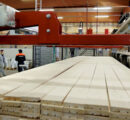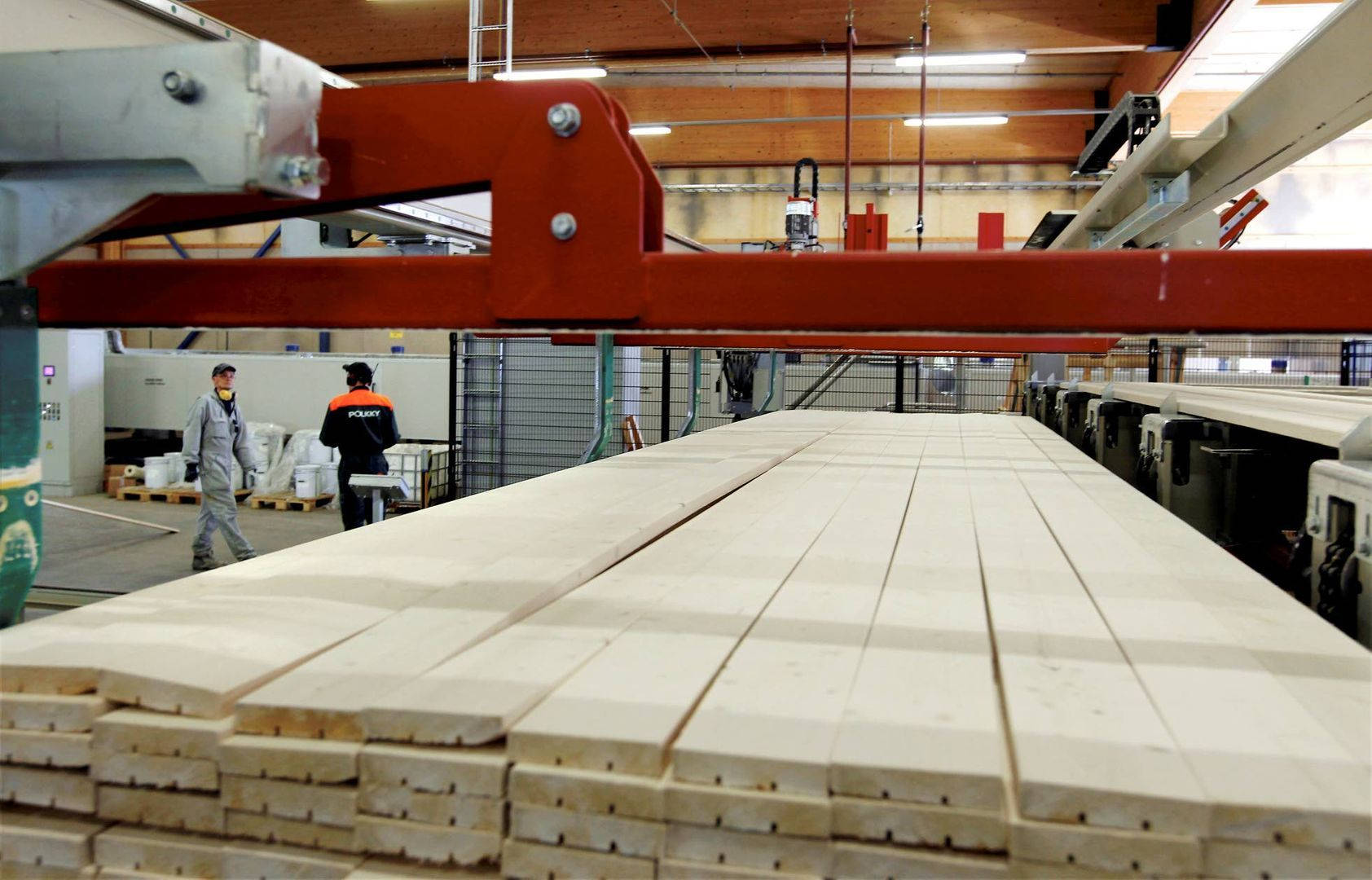In the first months of this year, Vietnam’s timber and wood products export has grossed a robust growth. In January alone, it reached USD1.55 billion, up 14.3% over the same period last year.
Except for February (due to the influence of the Lunar New Year holiday), exports of the same products in every of the first 5 months this year achieved a high value of between USD1.3 billion to nearly USD1.6 billion. As a result, total wood exports in 5 months reached approximately USD7 billion, up 4.6% over the same period last year.
However, the figure in recent months has tended to decrease. Specifically, in May 2022, the export value of Vietnamese timber and wood products reached USD1.38 billion, down 4.1% compared to May 2021 while in the first half of June, the figure was about USD661 million, down nearly USD100 million compared to the same period last year.
According to the Import-Export Department under the Vietnamese Ministry of Industry and Trade, the slowing down was due to high inflation in many key export markets, prompting consumers to tighten spending. Besides, freight rates are high and the prices of goods, raw and imported materials as inputs for production are also sharply increasing due to the supply scarcity caused by the Russia-Ukraine conflict, the pandemic outbreak, and the “Zero Covid” policy in China.
Mr. Nguyen Chanh Phuong, Vice Chairman of the Handicraft and Wood Industry Association of Ho Chi Minh City (HAWA) said that in the first 6 months of the year, exports of timber and wood products were still at a high level. However, enterprises began to show signs of lacking orders due to high inflation in import markets, especially the US.
The growth rate of Vietnam’s timber and wood product exports to the US market slowed down in March, by 5.9 per cent compared to last March, according to calculations by the General Department of Customs.
Many economists find that there are two opposing trends that govern the volatility of global timber trade chains: Firstly, global supply chains continue to strengthen and even expand as most are controlled by multinational corporations – so maintaining and developing complex chains is inevitable.
According to Phuong, Vietnam’s wooden furniture exports are mainly cheap products, estimated to account for 70-80% of furniture export value. Inflation is so high in the US that it is causing an impact on low- and middle-income people, forcing them to tighten spending. As a result, consumption of low-priced goods is heavily influenced while high-value products have not lost their orders.
The US accounts for 60% of Vietnam’s wood and wood products export value so the high inflation in this market is causing a significant impact on our country’s wood industry since many US importers have reduced their purchases, Phuong said.
Not only the US, exports of wood and timber products to some other big markets such as the EU and South Korea also begin to face obstacles due to inflation. Some markets are strongly increasing imports of Vietnamese wood and wood products but the value is still modest compared to the US and EU, etc., thus it can not offset the anxiety of wood enterprises since the consumption from the US is still slow.
Some wood industry experts said that while wood furniture export is facing difficulties, that of wood pellets and chips is growing well. However, as wooden furniture accounts for a too large proportion of the wood and wood products total export turnover, the growth of these items cannot help lessen the hardship in exporting wooden furniture.
At this time, experts are still cautious about the growth of export of wood and wood products this year. However, thanks to the high export value in the first half of the year, the figure for the whole year will likely be at the same level as for 2021 or slightly higher.
The post Vietnam’s wood product deliveries slow due to high inflation in key export markets appeared first on Global Wood Markets Info.







